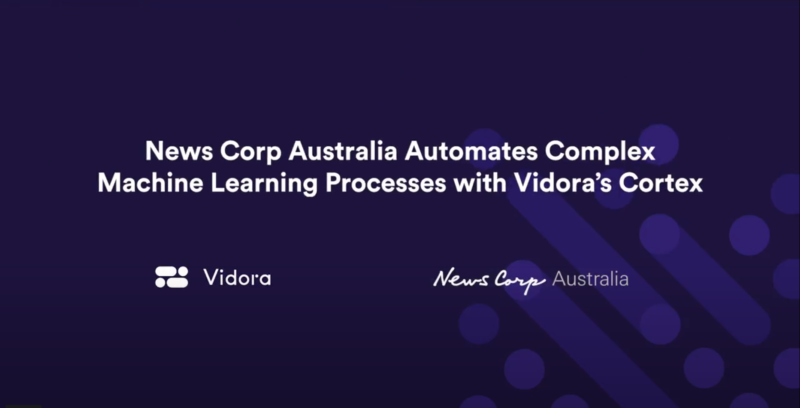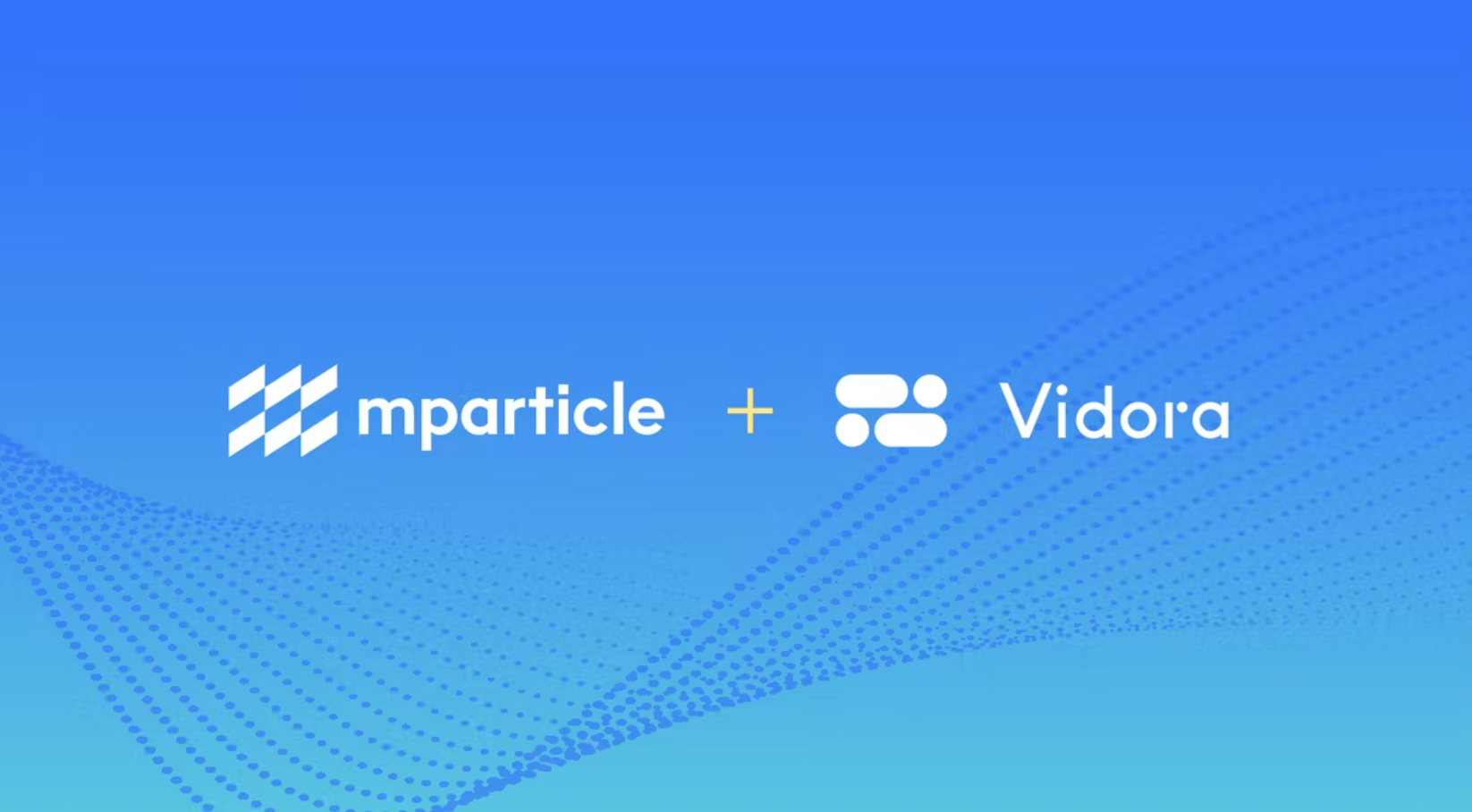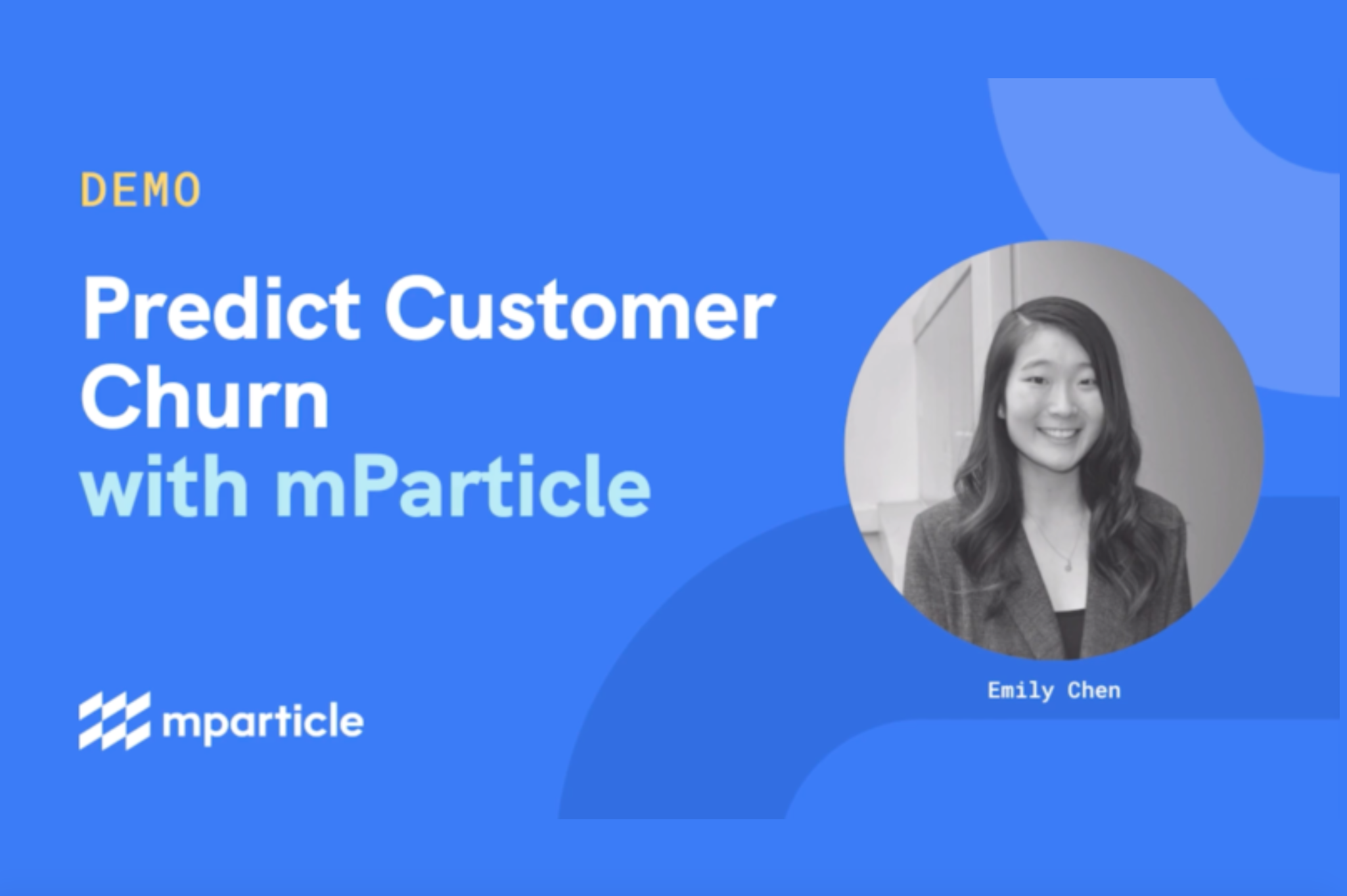

Join us for a 3-part interview with
Lionel Port, Head of Data Technology at News Corp Australia
[Part 3]
In Part 2 of our 3 part series with Lionel Port, Head of Data Technology at News Corp Australia, we discussed specific processes around the creation and deployment of custom audience segments that Cortex was able to automate.
In the final post on our discussion with Lionel, we discuss the ability of his data technology team to run their data operations at scale with the combination of Cortex and Vidora’s customer success team as data science partners.
[Vidora has] also given us advice as data scientists around how we solve the problem, not necessarily just how to use the platform. So giving us advice on how we solve some of our device graph problems, which are not something we even built on Cortex. So that’s been very great in terms of that kind of support.
Watch the discussion below:
Watch the entire three part interview here
Learn more today
Read the Interview Below:
On Running Vidora Cortex at Scale
Aaron Huang:
Got you. One of the other types of performance metrics I know, but beyond automation, Time, News AU is obviously a huge publisher, if not the largest publisher in Australia. And one of the questions that I would have is, are you guys running single pipelines or concurrent multiple pipelines? And can you give us a sense for the performance throughput, if you will, of how you guys are using Cortex on a day-to-day basis? Give us a sense for sort of how broad or how much volume you guys are kind of running there.
Lionel Port:
Yeah. So we would probably have about 20 to 30 pipelines active in the month. One of the beauties though is that we can actually bring new ones in and out month on month and it’s … so we can actually bring ones in if we think, for some seasonal reason, they’re important. There may be an election coming up so you might look at election related segments, or there may be a particular sports event so you might be looking at those kind of segments, but they may have no use outside of the season. So we’re able to do that. I guess, as an example of things we might do, we brought in a new data partner the other month, and we basically created 20 pipelines, what we see in the week. And that’s just something wouldn’t have been able to do previously.
Leveraging Vidora’s Partnership and ML Domain
Aaron Huang:
Obviously, you guys are a large enterprise and one of the ways in which we really value partnership is really around the feedback that you give us, but also the support we give you. In addition to kind of the platform side, what do you expect as the Head of Data Technology from any data partner or any AI partner like Vidora in terms of customer experience and things like that?
Lionel Port:
I think this is probably one of the key selling points that we had. Because we were moving from a data science vendor, we didn’t want to lose that kind of expertise. If you go to a platform you’re pretty much going it on your own. If you raise a support ticket, you’re not raising it with someone who actually understands the data science of the product, you’re raising it with a support team. So that was quite a comfort in that we’re actually dealing even in our presales process, I guess if you say, we’re dealing directly with the founders of the company, we’re dealing directly with the data scientists who are building the product and your feedback is heard, but also you have insights into how the product works that is actually helpful for yourself in terms of how you use it.
Lionel Port:
We’ve found since we’ve come on board, the Vidora team has been very responsive. We have a weekly catch up with our team and we’re actually talking to the actual engineers that built and support the product. So it’s meant that if we have problems with the pipeline, they’re basically able to get under the covers. If it’s not performing the way we expect it to, whether it’s our expectation or not, they’re actually able to get under the covers and see if there’s something that they can do to tune it and make it perform better. And if there’s a request that we want in terms of how the product operates, they’ve actually been able to take that on board and basically to leave us something within a few months, bring it into their roadmap. So it’s been quite amazing and a big difference too, if you were dealing with a platform as your only source.
Aaron Huang:
That’s awesome.
Lionel Port:
There’s one other thing, dealing with them. They’ve actually, they’ve also given us advice as data scientists around how we solve the problem, not necessarily just how to use the platform. So giving us advice on how we solve some of our device graph problems, which are not something we even built on Cortex. So that’s been very great in terms of that kind of support.
Aaron Huang:
That’s awesome. Just last question, as an Aussie and a data geek, would you predict to win the Rugby World Sevens?
Lionel Port:
I don’t even know. It’s definitely not Australia. We’re in dire straits at the moment, so, yeah.
Aaron Huang:
Alright. Well, Lionel, thanks a lot for your time. This has been super useful and super helpful for us. And again, thank you for your partnership, thanks again for your time today.
Lionel Port:
Okay. Great. Thanks.


